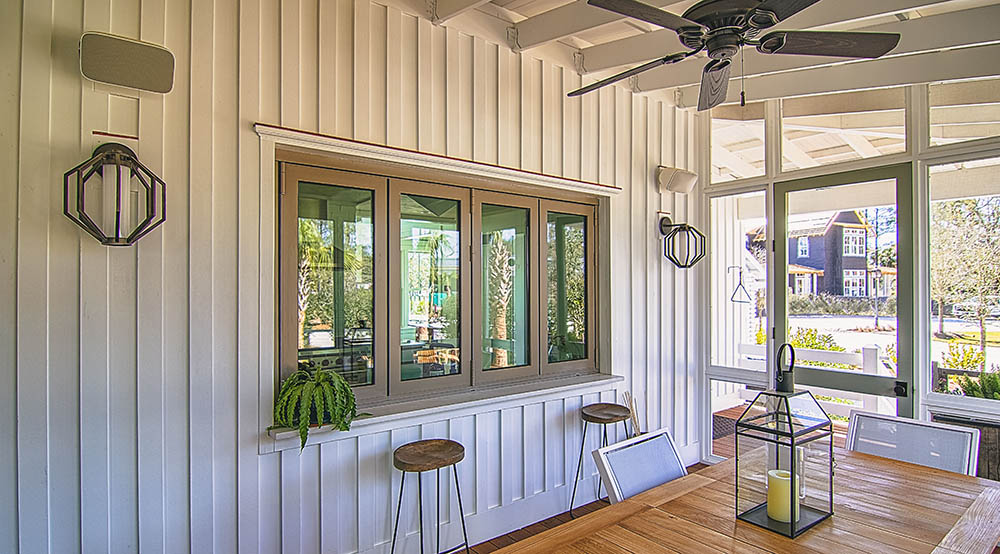
Another important consideration is the resolution of the units. The resolution determines the sharpness of the images recorded by the cameras. Increased resolution units provide sharper images, which can be vital for identifying individuals or license tags. Businesses should evaluate their particular requirements when selecting the image quality. For instance, a retail store may need high-resolution units to monitor client interactions, while a storage facility might prioritize wider coverage over detailed detail. It is also important to think about the recording options for the captured footage. Companies can choose between on-site storage, such as solid-state drives, or cloud solutions, which allows for remote access and simpler handling of video data.
The placement of the units is another key consideration. Correct unit placement can greatly enhance the efficacy of a surveillance system. Cameras should be positioned to monitor all access and exit areas, as well as high-traffic zones within the company. It is also important to consider possible blind spots where illegal activity could happen unnoticed. A qualified security expert can assist determine the optimal spots for camera setup to maximize coverage and reduce vulnerabilities. Moreover, businesses should think about the illumination conditions in the locations where units will be installed. Units with night capabilities are necessary for monitoring badly lit areas.
Integration and integration with additional surveillance systems are also important factors. Many helpful site modern surveillance camera systems offer capabilities such as remote monitoring through smartphones or computers, which enables business managers to observe their premises in actual time. Compatibility with alarm systems or access management solutions can provide a more holistic surveillance solution. Businesses should assess their current surveillance protocols and consider how a new camera system can enhance or improve those protocols. This compatibility can lead to a more efficient and efficient surveillance strategy.
Ultimately, financial considerations play a significant part in choosing a surveillance video system. Businesses must balance the requirement for top-notch devices with their financial constraints. It is essential to investigate various brands and types to identify a solution that offers the best value for cost. Although it may be appealing to choose the cheapest option, spending in a dependable and durable system can reduce costs in the long by lowering upkeep costs and improving safety. By thoughtfully evaluating these factors, companies can choose the ideal security video solution that meets their specific requirements and improves their overall security strategy.